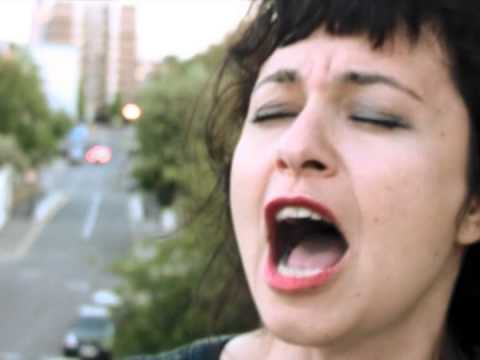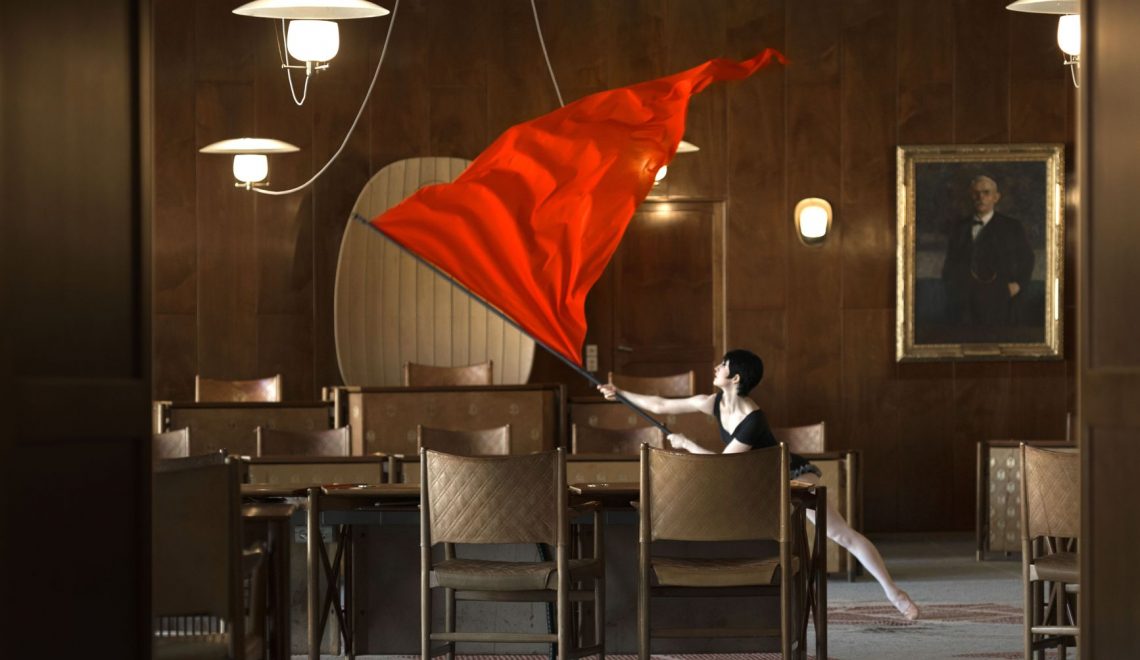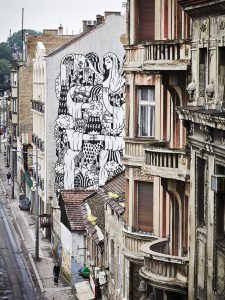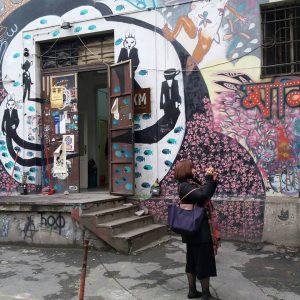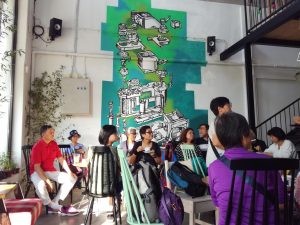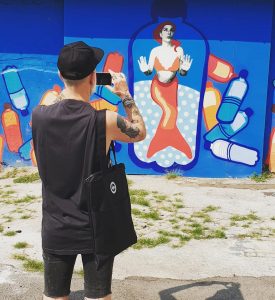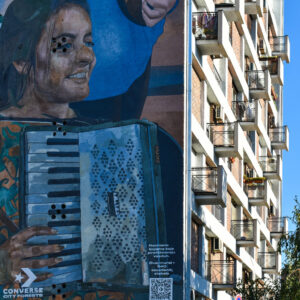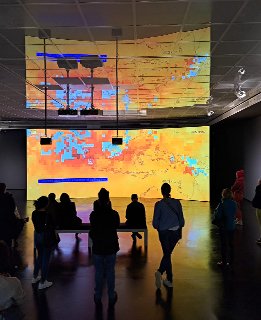The exhibition, which will be set up in all the galleries of the BCC (Art Gallery, ARTGET, Podroom, Pop-up) will present the works of the famous Yugoslav and European multimedia artist from the period 1992-2012
Cultural Centre Belgrade 3-24 April
The people in Breda Beban’s films and photographs are caught up in the kind of timeless human dramas we all know first-hand. She closes in on love and loss, in projects that vary from a Jacques Demy-style musical, where a singing waitress finds romance, to simple documentary portraits. Yet these intimate tales play out in the shadow of history’s grand narratives and epic themes. In her latest work My Funeral Song, for instance, her friends listen to their funeral track of choice and muse silently on their inevitable demise.
Inspired by her own experiences as a refugee, the Serbian-born artist has a genius for drawing out the emotional intersection between the personal and political, telling the stories that news cameras leave out of the picture. Take one of her most compelling documentaries, The Most Beautiful Woman in Gucha, where a Romany belly-dancer in a Serbian village seduces a drunk youth with her steamy moves. As Beban’s camera zooms in or lingers in slow motion, it seems a dynamite performance in more ways than one.
Beban settled in Britain in 1991, where in addition to being an artist, she’s also professor of visual arts at Sheffield Hallam University and curator of the online project and exhibition series, imagine art after. Launched through this website in 2005, it’s an ongoing series of projects linking London-based migrant artists with those who stayed in their home countries.
When it comes to the experience of migration, perhaps Beban’s most searing work is a simple series of photographs created on her travels with her lover and artistic collaborator Hrvoje Horvatic. Begun following the couple’s escape from war-torn Yugoslavia, it documents strange beds and banal views from the windows of loaned rooms. Then there’s the final photo: two single beds, side by side in Homerton hospital, east London, where Horvatic died suddenly in 1997, Beban by his side. The work is titled, I Lay on the Bed Waiting for His Heart to Stop Beating. Those humdrum scenes become weighty markers in time: a wrenching study of before, during and after.
Read more on http://www.theguardian.com/artanddesign/2010/aug/25/artist-of-week-breda-beban

Writer. Blogger. Traveler. Researcher. Electronic Music Lover.

